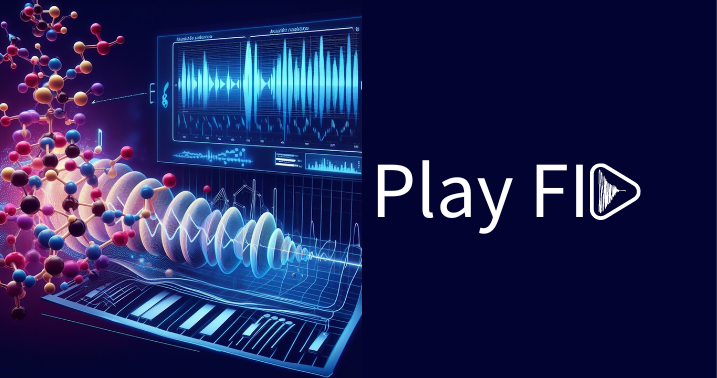Development of a Simple Cost Effective Oxygenation System for In Vivo Solution State NMR in 10 mm NMR Tubes

| Title: | Development of a Simple Cost Effective Oxygenation System for In Vivo Solution State NMR in 10 mm NMR Tubes |
| Authors: | Peter M. Costa, Daniel H. Lysak, Ronald Soong, Kiera Ronda, William W. Wolff, Katelyn Downey, Katrina Steiner, Vincent Moxley-Paquette, Jacob Pellizzari, Clemens Anklin, Gary Sharman, Carlos Cobas, Santiago Domínguez, Karl J. Jobst, Lindsay Cahill, Myrna J. Simpson, Andre J. Simpson* |
| Date: | July 28, 2024 |
| Reference: | Analytical Chemistry Vol 96, Issue 31, Article |
| DOI: | 10.3390/molecules29040762 |
| Download link: | https://pubs.acs.org/doi/10.1021/acs.analchem.4c01390 |
ABSTRACT
In vivo NMR is evolving into an important tool to understand biological processes and environmental responses. Current approaches use flow systems to sustain the organisms with oxygenated water and food (e.g., algae) inside the NMR. However, such systems have the potential to leak and clog (potentially damaging costly hardware), require large volumes of media, and multiple expensive HPLC pumps. The proposed “oxygenation system”, uses a simple “double slit” adapter and a single air/oxygen flow line into the NMR. The design is especially suited to larger diameter probes given that standard flow systems would require higher flow rates thus amplifying the potential and impact of leaks/clogs. Traditionally, in vivo NMR of small organisms (e.g., Daphnia) have required 2D NMR in combination with 13C enrichment to overcome susceptibility distortions and provide information rich metabolic profiles. Here Daphnia magna, Eisenia fetida and Artemia franciscana are used to demonstrate the potential of the oxygenation system. Survivability tests and 1H time-resolved monitoring were first performed on D. magna, while E. fetida contained enough biomass to permit 1H–13C HSQC, 13C–1H HETCOR and 31P NMR without isotopic enrichment. Finally, STOCSY of 1D 13C NMR was used to follow the growth of A. franciscana (without 13C enrichment) for 48 h after birth, which helps visualize trends across a series of 1D in vivo data. In summary, application of the oxygenation system toward larger diameter probes allows the collection of NMR data without enrichment, offering a promising solution to better understand processes in vivo.


